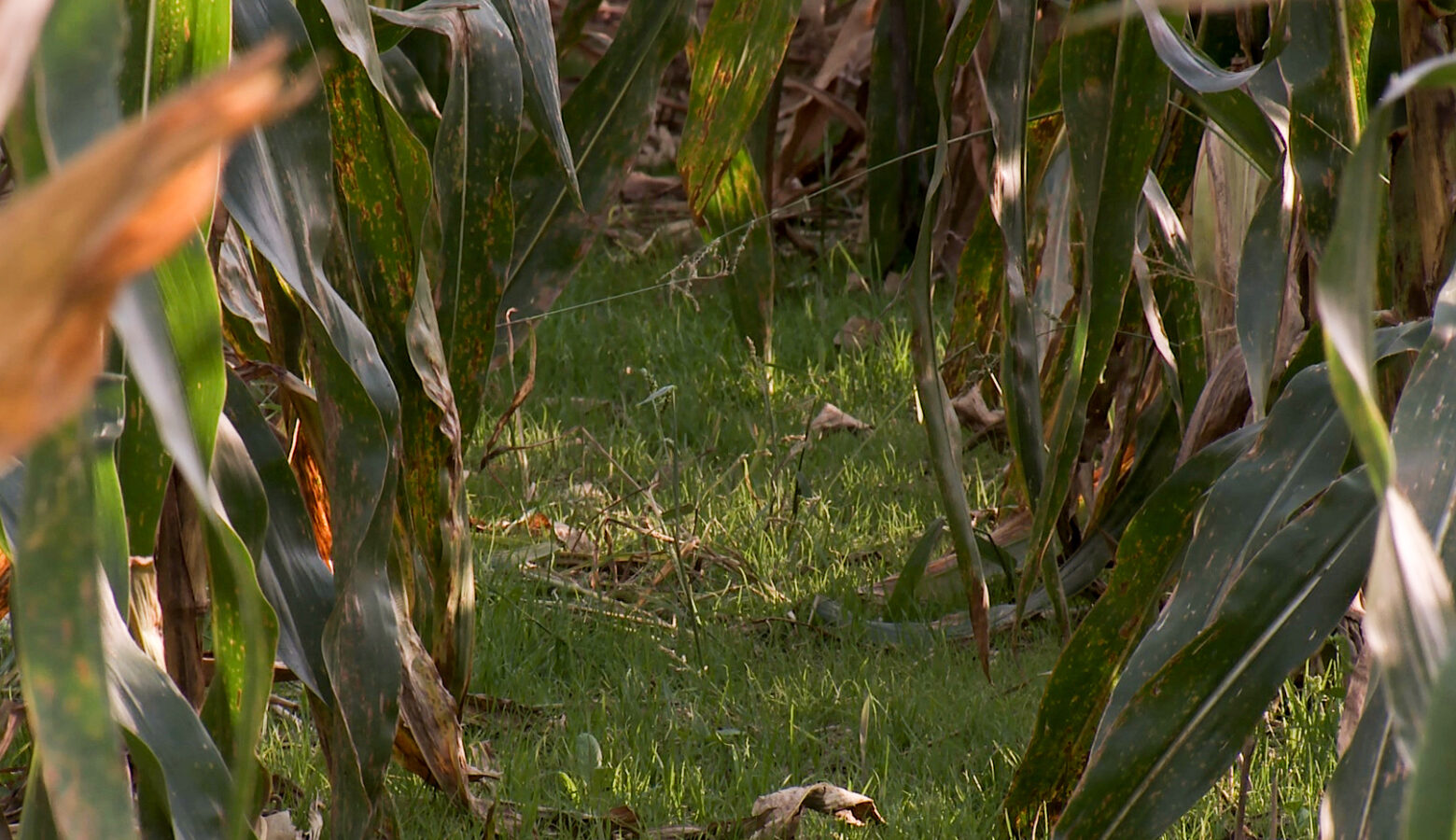Farmers plant record amount of cover crops, helping Indiana’s streams and lakes

For the third year in a row, Indiana farmers have set a record for the most acres of cover crops planted — more than 1.7 million acres. Cover crops are planted to keep the soil from eroding away — which can pollute Indiana’s streams and lakes.
Shannon Zezula is the state resource conservationist for Indiana through the U.S. Department of Agriculture’s Natural Resources Conservation Service. He said cover crops have a lot of benefits for farmers too — like improving soil health and helping it hold water.
Zezula said Indiana has seen a steady increase in cover crops over the past 12 years — largely because of state and federal partnerships to educate farmers.
“And then also farmers doing that, neighbors seeing the benefits and them speaking to the benefits themselves to other farmers. We’ve just seen more and more farmers wanting to try them and then having success when they do,” he said.
READ MORE: Farmers who rent less likely to do practices that improve soil, water
Join the conversation and sign up for the Indiana Two-Way. Text “Indiana” to 765-275-1120. Your comments and questions in response to our weekly text help us find the answers you need on climate solutions and climate change at ipbs.org/climatequestions.
Zezula said now is a good time to experiment — even on just a few acres. The Inflation Reduction Act gave more than $18 billion to programs that help offset the cost of implementing conservation practices.
“Give us a couple 10 acres and work with us, give it the best shot and see if it will work well for the farm. Farmers who try cover crops, and they give it their best effort, have seen the value,” Zezula said.
The counties that had the most cover crops per acre after last year’s harvest were St. Joseph, Spencer, Washington, and Brown counties.
Rebecca is our energy and environment reporter. Contact her at rthiele@iu.edu or follow her on Twitter at @beckythiele.

